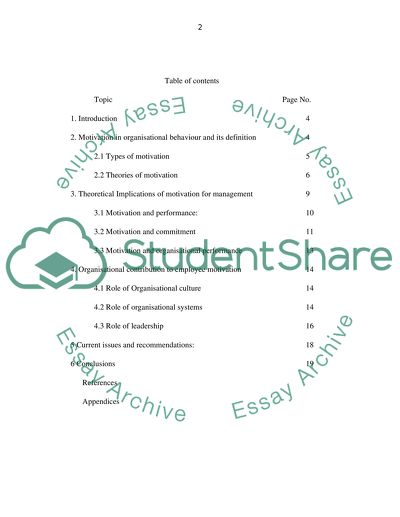Cite this document
(“Organisational Behaviour (Motivation in the Modern Business World) Coursework”, n.d.)
Retrieved from https://studentshare.org/finance-accounting/1413887-organisational-behaviour-motivation-in-the-modern
Retrieved from https://studentshare.org/finance-accounting/1413887-organisational-behaviour-motivation-in-the-modern
(Organisational Behaviour (Motivation in the Modern Business World) Coursework)
https://studentshare.org/finance-accounting/1413887-organisational-behaviour-motivation-in-the-modern.
https://studentshare.org/finance-accounting/1413887-organisational-behaviour-motivation-in-the-modern.
“Organisational Behaviour (Motivation in the Modern Business World) Coursework”, n.d. https://studentshare.org/finance-accounting/1413887-organisational-behaviour-motivation-in-the-modern.


